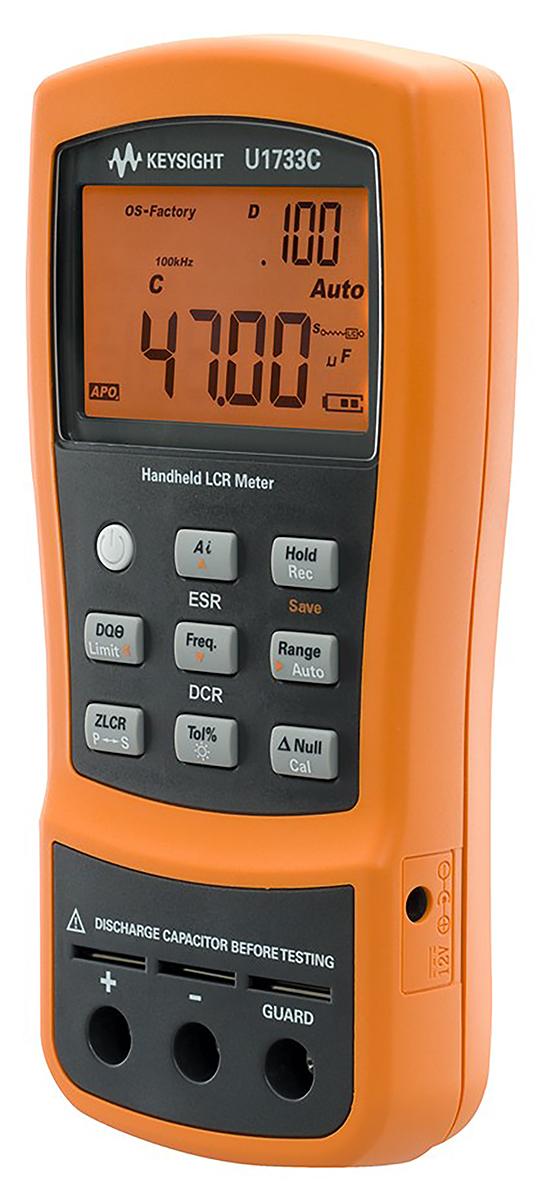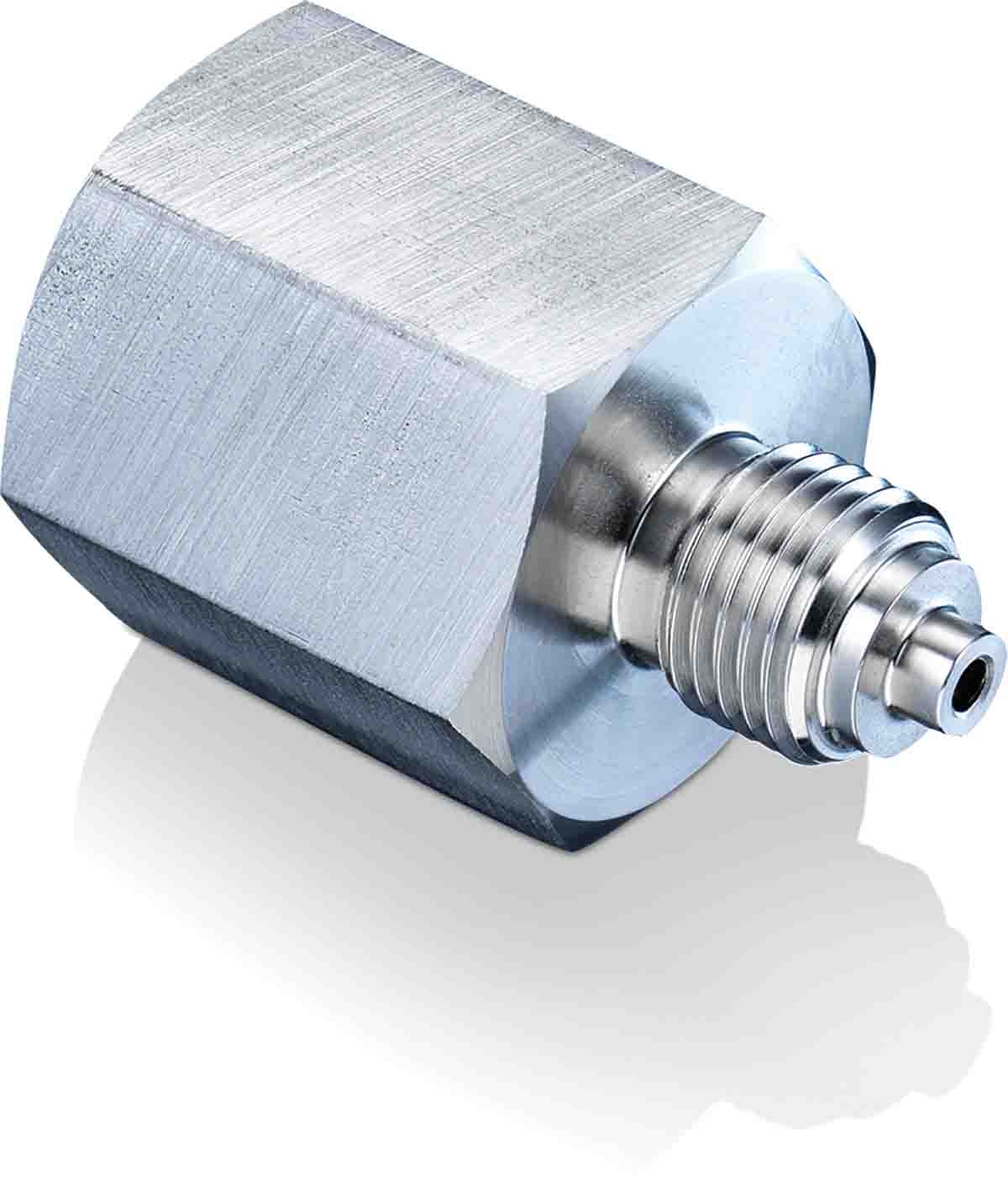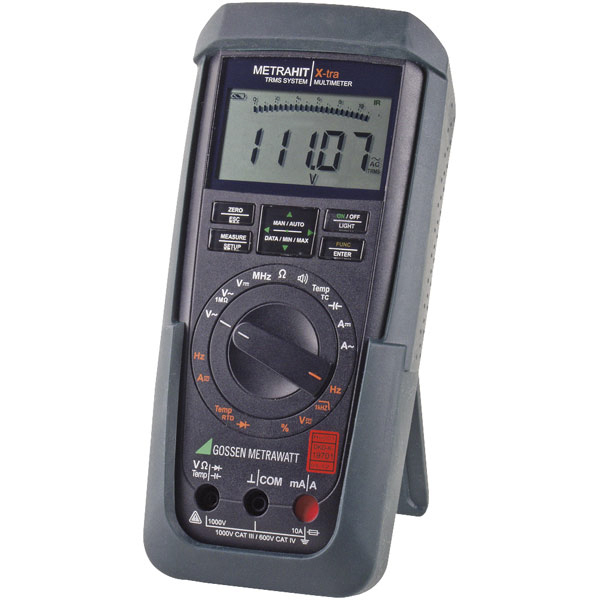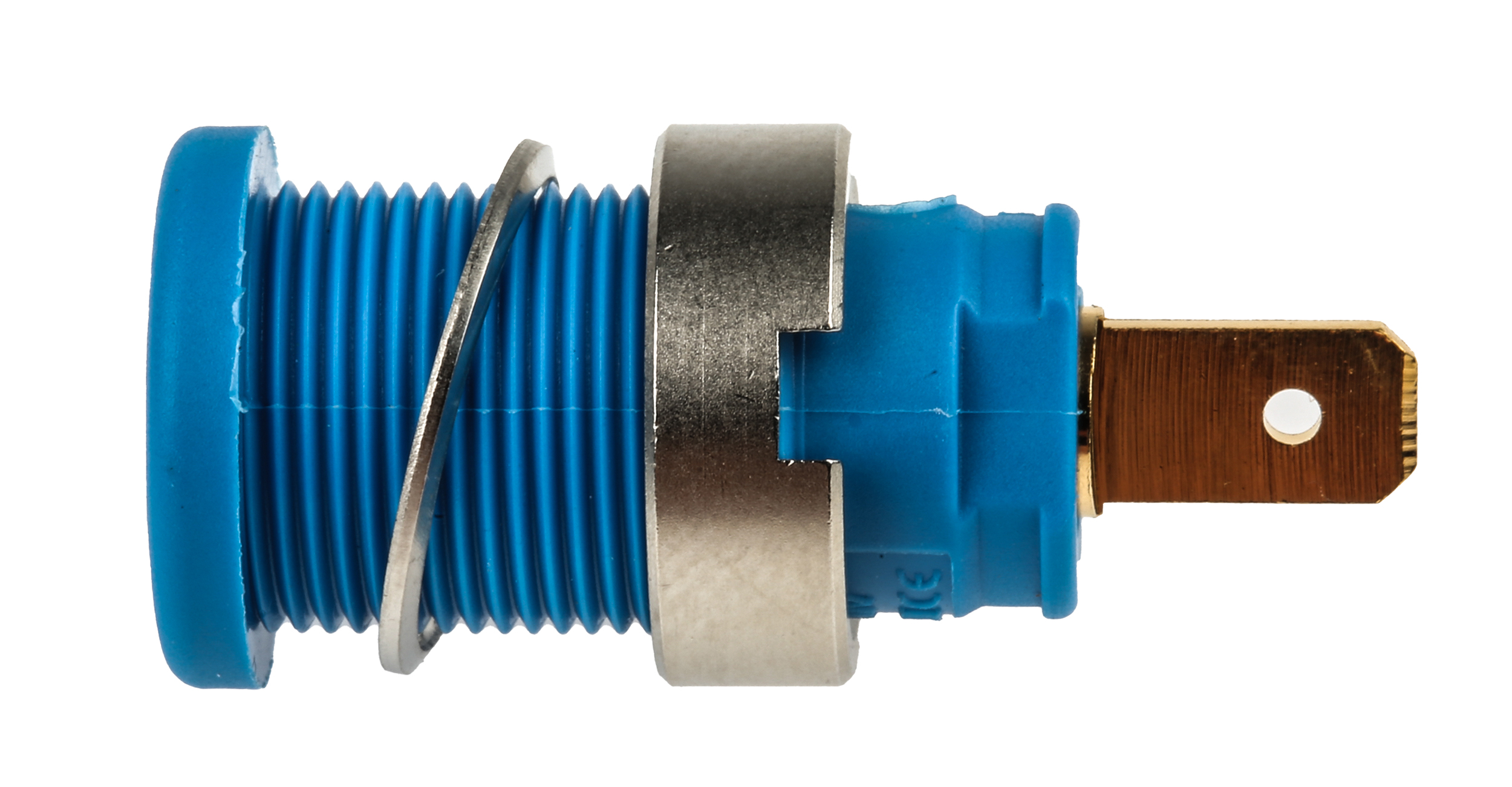Description
Display Type: LCD
Dimensions: 41 x 87 x 184mm
Weight: 337g
Maximum Resistance Measurement: 200 MΩ
Maximum Inductance Measurement: 2000H
Model Number p: U1733C
Height: 184mm
Power Source: Battery, Mains
Width: 87mm
Length: 41mm
Battery Life: 16 h
Bench/Handheld: Handheld
Maximum Test Frequency: 100kHz Maximum Capacitance Measurement: 20mF Battery Type: 9V Maximum Operating Temperature: +55°C Minimum Operating Temperature: -10°C
The Keysight Technologies U1733C LCR Meter is a precision instrument designed for measuring inductance (L), capacitance (C), and resistance (R), commonly referred to as LCR parameters. This versatile device offers a wide measurement range and exceptional accuracy, making it an essential tool for engineers, technicians, and researchers across various industries.
The Keysight Technologies U1733C, LCR Meter, Maximum Capacitance Measurement: Special Features
- The U1733C LCR can accurately measure inductance (L), capacitance (C), and resistance (R) with a maximum capacitance measurement range of 20mF and a maximum resistance measurement range of 200 MΩ.
- It operates over a broad range of 100 Hz to 100 kHz, allowing users to analyze components and devices at various frequencies.
- The instrument offers high measurement accuracy, making it suitable for research and quality control applications.
- The U1733C features a clear and easy-to-read LCD display that provides real-time measurement data, including L, C, R, and other relevant information.
- It offers USB and RS-232 connectivity options for data transfer and remote control, enhancing its flexibility in laboratory and production environments.
- The meter has a built-in test fixture, simplifying component testing and ensuring consistent and reliable results.
Significant Benefits of the LCR Meter
- Precision Measurements
- Wide Frequency Range
- User-Friendly Interface
- Robust Data Storage
Where Can the LCR Meter and Maximum Capacitance Measurement Be Used?
The Keysight Technologies U1733C LCR Meter finds applications in various industries and scenarios, including:
- Electronics Manufacturing: Testing and quality control of electronic components such as capacitors, inductors, and resistors.
- Research and Development: Characterisation of passive components in circuit design and development.
- Education: Used in academic settings to teach students about LCR circuits and measurements.
- Audio Electronics: Analysis of audio components like speakers, filters, and crossovers.
- RF and Microwave Circuits: Evaluating components used in RF and microwave circuits, including antennas and filters.
- Aerospace and Defence: Ensuring the performance and reliability of critical electronic components in aerospace and defence systems.






Reviews
There are no reviews yet.